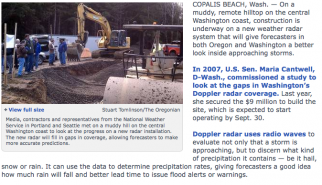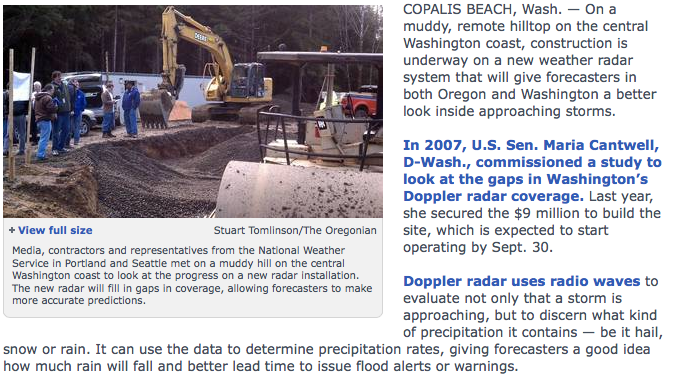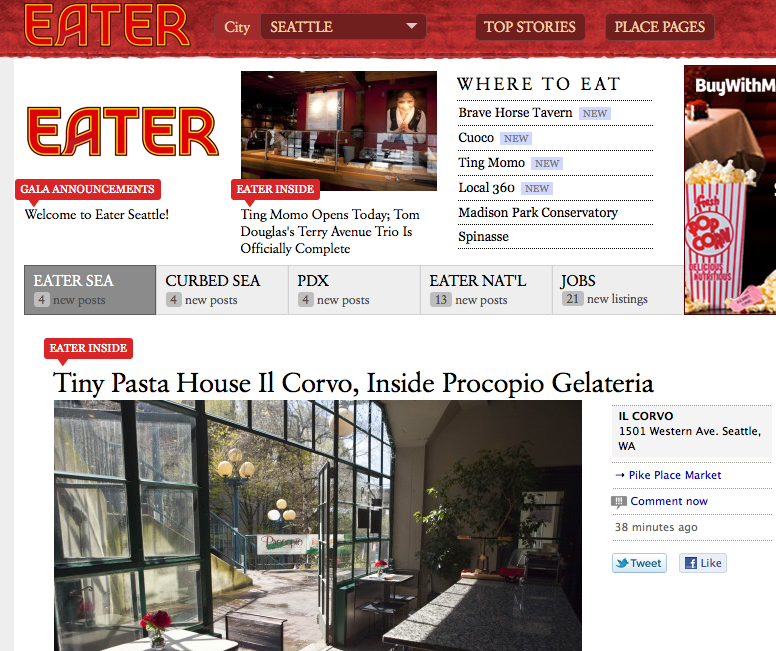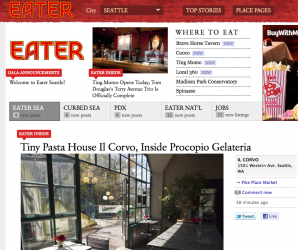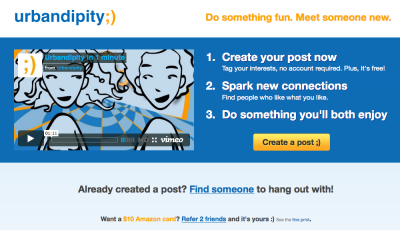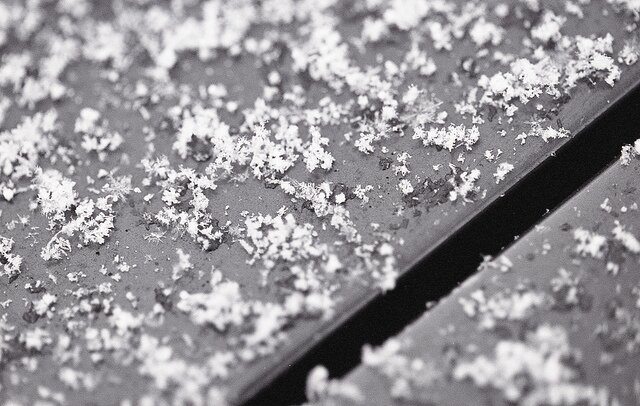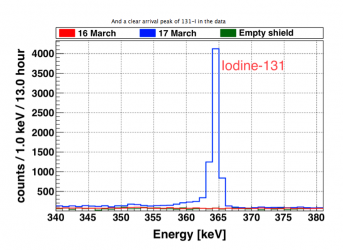 The Seattle “Shocked, we’re shocked!” Times has been running stories about the failure of the University of Washington to admit in-state students ahead of out-of-state students this year: “Why straight-A’s may not get you into UW this year,” with the AP’s more pointed “Budget cuts means fewer Wash. students get into UW.”
The Seattle “Shocked, we’re shocked!” Times has been running stories about the failure of the University of Washington to admit in-state students ahead of out-of-state students this year: “Why straight-A’s may not get you into UW this year,” with the AP’s more pointed “Budget cuts means fewer Wash. students get into UW.”
Why, those out-of-staters are coming here and taking our UW degrees!
A letter to the editor calmly points out the reality:
Accepting higher-paying out-of-state students allows it to accept more in-state students. The university is required to charge Washington residents less than its cost.
When the state reduced the subsidy that fills this gap, it effectively put a cap on the number of local students that could be accepted. If not for the out-of-state students, the university would operate this year below its physical capacity. Accepting profit-generating out-of-state students to fill some of this unused capacity allow the university to fill the rest with more local students.
On his blog, Cliff Mass repeats this economic truth bomb: “The State is cutting funding so substantially that economizing (getting rid of TA, bigger classes, less profs) is not enough to maintain the current in-state student body. So by increasing the number of out-of-state students in-state student support can be partially stabilized.”
He also says that roughly one-quarter of UW students aren’t UW material, and notes that out-of-state students have “math SAT scores that were 76 points higher.” But this is all part of the greater transition, he argues, of the UW becoming a private school. If the state is unwilling to fund the UW in the manner in which it has become accustomed, then so be it:
But after roughly five years we will be on our own…no longer dependent on the vagaries of the State legislature and state coffers..and no longer worried about the next ill-advised initiative. Tuition will rise to perhaps 12,000-15,000 a year…a bargain for such a excellent education (thankfully we starting with very low tuition compared to comparable schools).
Wait, the UW a private school? Danny Westneat gives the outraged the written equivalent of a long, measured stare:
Twenty-five years ago, students paid only $1,500 a year to go there — the state’s share was more than $8,000. That’s why it was called a public school — we picked up 85 percent of the tab.
Today it’s only 45 percent taxpayer-subsidized. The student pays $9,000, the taxpayers $7,000. In two years, it’s projected to be student $11,500, state $4,500. None of these figures is corrected for inflation, meaning the erosion in public support for the UW is even more dramatic than these numbers imply.
Well, parts of the UW are more profit-driven. I feel compelled to include this aside about the hiring of a new women’s basketball coach for $475,000 per year, also from the Times:
“We wanted to pay market, but not pay crazy,” Woodward said. “We have expectations and hopefully with fans coming back, it’ll ameliorate that difference in what we have to invest.
“The fiscal considerations were not paramount. They were a factor. But it was getting this program back and being successful and winning at the highest level. That was the most important thing. Fiscal considerations were part of that whole mix.”
The coach’s salary isn’t coming out of the UW’s budget, I just am thrilled to see someone talking about the need for investment over immediate returns when it comes to anything connected with the UW. Who would have guessed it would have to do with sports, though? Oh, right.
Cliff Mass says he’s “optimistic” about the UW’s transition, and it’s hard to argue that this moment hasn’t been long in coming. Somehow, our state legislature reads this in the state constitution: “It is the paramount duty of the state to make ample provision for the education of all children residing within its borders, without distinction or preference on account of race, color, caste, or sex,” and decides consistently to defund higher education.
I am less optimistic about the long-term prospects of higher education, whether public or private, as the cost of college education looks very much like a bubble funded by easy, government-backed loans written to people who have not shown the ability to repay.
(Peter Thiel on TechCrunch: Instead, for Thiel, the bubble that has taken the place of housing is the higher education bubble. “A true bubble is when something is overvalued and intensely believed,” he says. “Education may be the only thing people still believe in in the United States. To question education is really dangerous. It is the absolute taboo. It’s like telling the world there’s no Santa Claus.”)
The bubble would likely have popped by now, except for the dubious legal classification of student loans as non-dischargeable through bankruptcy (unless you can prove you’ll never be able to pay the sum back). The distinction between this arrangement and indentured servitude is narrow. It’s hard to understand why government-backed mortgages can be discharged while government-backed student loans can’t. (I know that you can’t repossess an education, but to the extent that people have one, it’s a public good; to the extent that it is a fungible asset, if you graduate and can’t get a job, it’s worth exactly nothing, market rate.)
The economic fact is that almost nothing except for CEO salaries is roughly commensurate with the cost of higher education over the past two decades. As with healthcare, unless we can gain control of costs, in the longer run it matters little whether we debate endlessly the merits of public vs. private financing. No one has pockets that deep.
